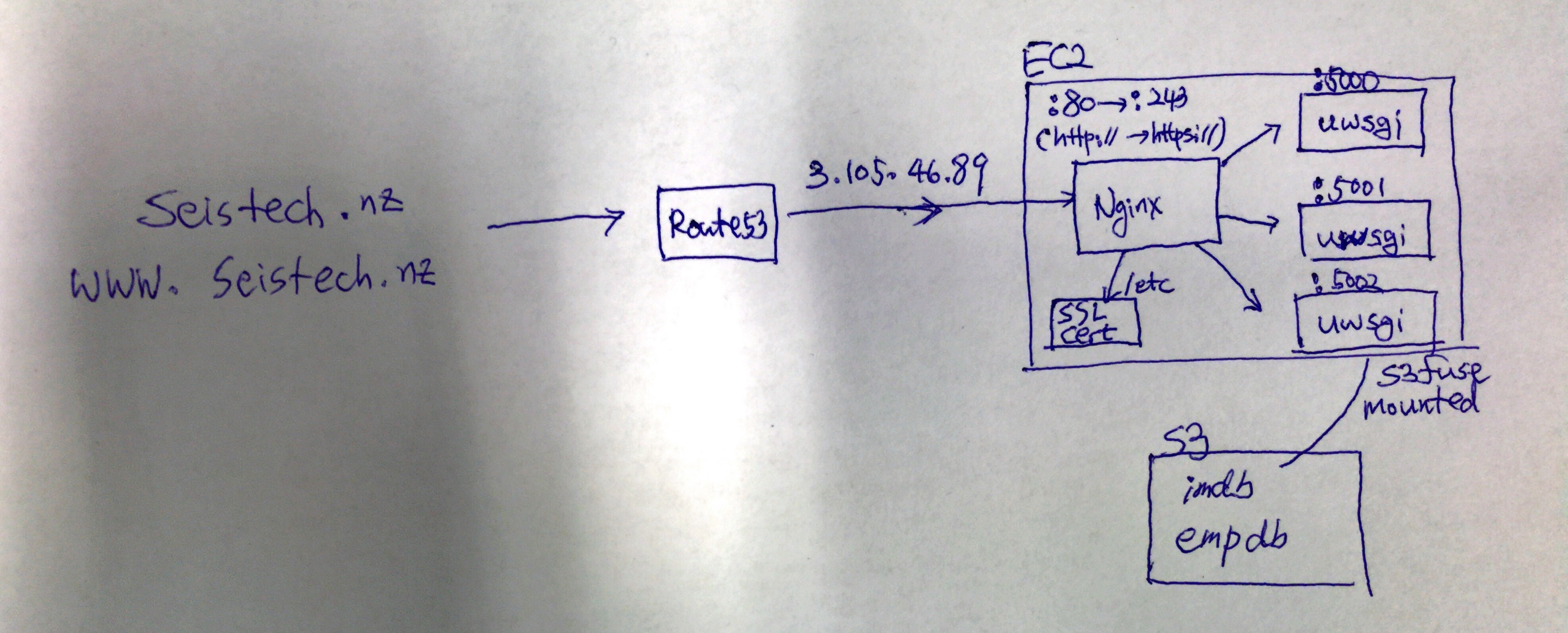Overall architecture
Server layout
Sequence Diagram
Requirements
- Create 'My projects' tab where users can see their past projects that they have run
- Crate class 'SingleLocationProject' (in future will have 'MultipleLocationProject')
- Minimum information for project (1) title (2) location (lat/lon)
- Additional project information includes Vs30 value. If differs too much from snapped location, flag.
- In Disagg calculator, allow project location to be selectable
Open / Create a New Project
Questions
Do we charge for each IM for the same location? (ie. different order for an IM?) |
Initially we focus on "products" - disaggregation and gm selection. Where user can freely play with various parameters without extra charge once purchased | |
Bulk order discount? If user wants all IMs? Do we set maximum threshold that gives everything? |
Monetisation scheme will be further explored later. | |
If a user-specified location is snapped to one location that matches an existing project : Should we merge this project to the existing one? (free of charge?) |
We charge again. Each project is linked to user-specified location (not snapped one, without detailed info of snapped one omitted). |
ER Diagram
Next Steps
- Reach an agreement on the architecture design
- Identify modules and separate them
- Determine input and output interface and document : Follow comment standards
- Implement DB and basic skeleton



